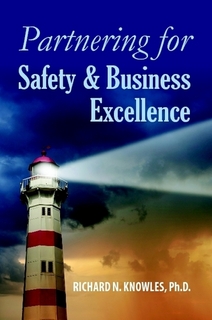 Changes in our workplaces keep coming fast and furiously. A recent report released by Price-Waterhouse-Coopers indicates that by 2030 the pressure on workers to perform will be huge. Organizations will be using all sorts of ways to track performance…even putting chips under their workers skin to look at location, performance, health and wellness! They may be tracking safety performance as well. Managers will need to be having “mature conversations” with the people about all this change and the feeling of threat this creates for their people and their jobs. The pressure to keep improving skills and performance continues to increase.
Changes in our workplaces keep coming fast and furiously. A recent report released by Price-Waterhouse-Coopers indicates that by 2030 the pressure on workers to perform will be huge. Organizations will be using all sorts of ways to track performance…even putting chips under their workers skin to look at location, performance, health and wellness! They may be tracking safety performance as well. Managers will need to be having “mature conversations” with the people about all this change and the feeling of threat this creates for their people and their jobs. The pressure to keep improving skills and performance continues to increase.
There is a “workable pressure relief valve” already available to us to release these stress levels! It’s called Partnering for Safety and Business Excellence. The need for open, honest, disciplined, constructive dialog is critical. It is through these sorts of continuous conversations that people and organizations change. The positive energy for continuous improvement builds one conversation at a time over and over. Showing respect and caring for both the people’s mental and physical health, as well as for the success of the business, is critical. The business can’t succeed without the creativity and energy of the people and the people’s jobs can’t survive without excellent business performance.
Who Really Cares Enough to Step In and Hold those Critical Conversations?
A recent report by the Rand Corporation, Harvard Medical School and the University of California-Los Angeles, finds that 20% of the people in our workplaces feel that the work environment is “grueling, stressful and hostile.” Other reports I have read indicate that as many as 80% of the people in our workplaces are very dissatisfied with their managers and their lack of consideration, listening and caring. It is noted that about half of the workforce would leave their current job, if they could find another, expressly because of their “boss.”
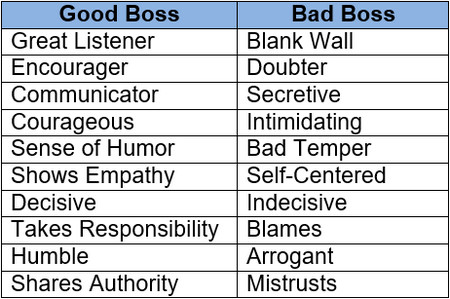
Thus the Forbes quote, “People leave managers, not companies.” Let’s face it. There are many managers and bosses that shouldn’t be managers and bosses. Many…cannot lead, are indecisive, don’t tell the truth, cannot hold the difficult conversations, aren’t clear in their expectations, have favorites, don’t follow-through, lack caring and concern.
There’s Fault…Everywhere:
It is not just the managers who are a problem. A story in the August 15th H.R. News indicates that people between 18 and 34 are putting themselves at risk by not following the companies’ safety procedures, even though over 50% say that they have read the procedures and understand why they exist. This leads, for example, to the tragic story of the death of a 29-year-old Athens, Georgia man on August 9th, who thoughtlessly jumped out of his forklift truck to catch a toppling, heavy, hydraulic car lift he was moving; it fell onto him.
On top of all this change, frustration and anger in our workplaces, many people are suffering from bullying from both managers and co-workers. Shouting and swearing are clearly inappropriate and so are actions like inappropriately withholding information, the unfair allocation of work, deliberate over-monitoring, spreading malicious rumors, and making unreasonable demands.
Stress, indifference and bullying are behaviors that block the ability to have the focused, disciplined, purposeful conversations required for both the people and their organizations to successfully negotiate all the changes we are and will be facing. The costs for the people and their organizations are huge resulting in the loss of as much as 30-40% of their effectiveness.
It doesn’t have to be this way!
Let’s all of us pull together and partner to build a successful and prosperous future. I challenge you to change your workplace for the better. Give me a call at 716-622-6467 and I’ll explain how you can do that quickly and effectively.
 Employee engagement has long been a concern to the U.S. workforce…it is a vital component of employee attraction and retention. Yet, with all the leadership programs targeted to “engage better with employees,” there hasn’t been a significant shift in relationships.
Employee engagement has long been a concern to the U.S. workforce…it is a vital component of employee attraction and retention. Yet, with all the leadership programs targeted to “engage better with employees,” there hasn’t been a significant shift in relationships.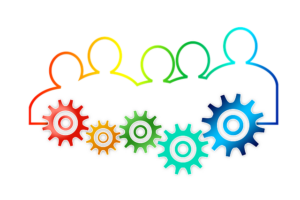 In the June 2017 issue of EHS-Today is an article about engaging and training workers as a foundation block for an effective safety program, while applying critical thinking principles. The intent, of course, is to seek out more and more opportunities to have people involved and participating in safety risk assessment, engaging at a grassroots level for finding solutions and training whole teams in the entire process. At a deep level, each of us knows that having people involved and with you in moving your business or organization forward is a good thing!
In the June 2017 issue of EHS-Today is an article about engaging and training workers as a foundation block for an effective safety program, while applying critical thinking principles. The intent, of course, is to seek out more and more opportunities to have people involved and participating in safety risk assessment, engaging at a grassroots level for finding solutions and training whole teams in the entire process. At a deep level, each of us knows that having people involved and with you in moving your business or organization forward is a good thing! I just saw an announcement that the Liberty Mutual Research Institute for Safety was closing after 59 years, to reduce costs. The ISO 45001 Standard is in the final stages and is aimed at improving safety around the world. Yet some people are reacting that it will not make a difference because of management indifference or cost restraints.
I just saw an announcement that the Liberty Mutual Research Institute for Safety was closing after 59 years, to reduce costs. The ISO 45001 Standard is in the final stages and is aimed at improving safety around the world. Yet some people are reacting that it will not make a difference because of management indifference or cost restraints. Many of you who have been reading this newsletter know that our emphasis is on Partner Centered Leadership. We emphasize the importance of supervisors and managers getting into their workplaces each day and talking with the people. Talking with the people is a key to breaking through to safety excellence. Talking about the risks they face each day, how they are managing them, how their kids are doing, how the safety is doing, how the business is doing, asking them what they see as to ways to improve their own work, asking about problems they are dealing with, etc. Doing this with respect and really listening are vitally important.
Many of you who have been reading this newsletter know that our emphasis is on Partner Centered Leadership. We emphasize the importance of supervisors and managers getting into their workplaces each day and talking with the people. Talking with the people is a key to breaking through to safety excellence. Talking about the risks they face each day, how they are managing them, how their kids are doing, how the safety is doing, how the business is doing, asking them what they see as to ways to improve their own work, asking about problems they are dealing with, etc. Doing this with respect and really listening are vitally important. The American Society for Safety Engineers (soon to be The American Society for Safety Professionals) in Denver, Colorado, on June 19-22, 2017, was attended by about 5,000 people. This was a record for attendance. There were lots of papers and a huge trade show exhibit. I never saw so much safety equipment and other offerings.
The American Society for Safety Engineers (soon to be The American Society for Safety Professionals) in Denver, Colorado, on June 19-22, 2017, was attended by about 5,000 people. This was a record for attendance. There were lots of papers and a huge trade show exhibit. I never saw so much safety equipment and other offerings.



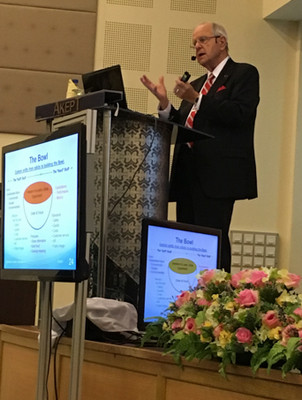
 I love talking with people and getting to know them. Sometimes it is really interesting and sometimes it gets quite funny. The other night I was at the local piano bar, sitting between two older gentlemen. One was an 86-year-old retired colonel who was pretending to play his imaginary drums along with the piano player and the other guy introduced himself to me 5 times in the first 10 minutes. Sometimes you just don’t know until you start talking.
I love talking with people and getting to know them. Sometimes it is really interesting and sometimes it gets quite funny. The other night I was at the local piano bar, sitting between two older gentlemen. One was an 86-year-old retired colonel who was pretending to play his imaginary drums along with the piano player and the other guy introduced himself to me 5 times in the first 10 minutes. Sometimes you just don’t know until you start talking.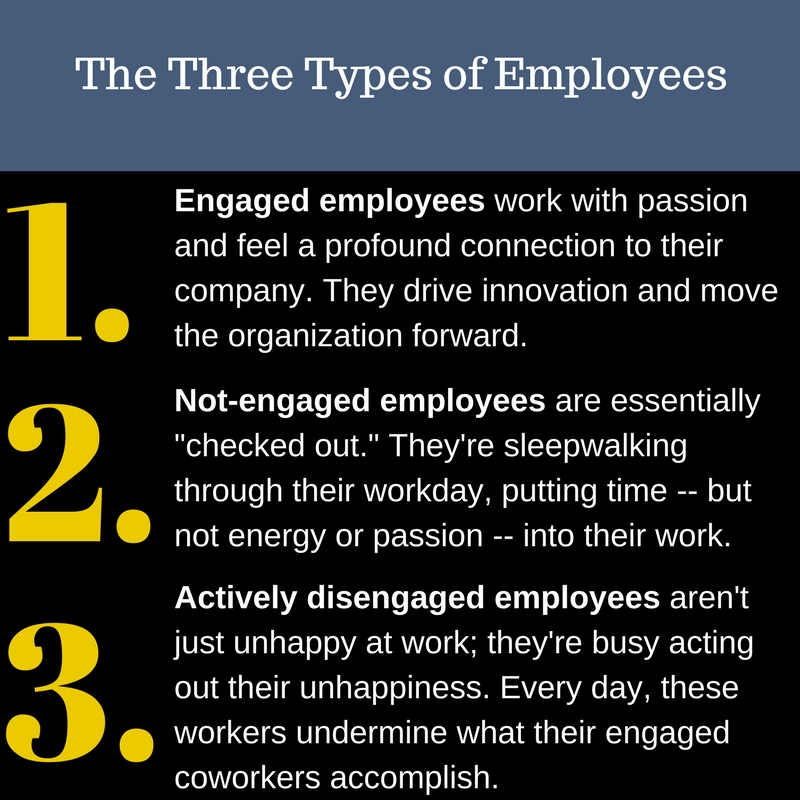
 As the snow begins to melt and the spring winds arrive, it is time for cleaning up the place. Mud season is upon us as the snow melts. All sorts of curious things emerge from the melting piles of snow; stuff that was covered up and lost. (Just imagine: Years ago the settlers kept their animals sheltered next to their houses or barns attached to their houses so that they could care for them when the winter cold set in. They really had to do the spring-cleaning!)
As the snow begins to melt and the spring winds arrive, it is time for cleaning up the place. Mud season is upon us as the snow melts. All sorts of curious things emerge from the melting piles of snow; stuff that was covered up and lost. (Just imagine: Years ago the settlers kept their animals sheltered next to their houses or barns attached to their houses so that they could care for them when the winter cold set in. They really had to do the spring-cleaning!)
